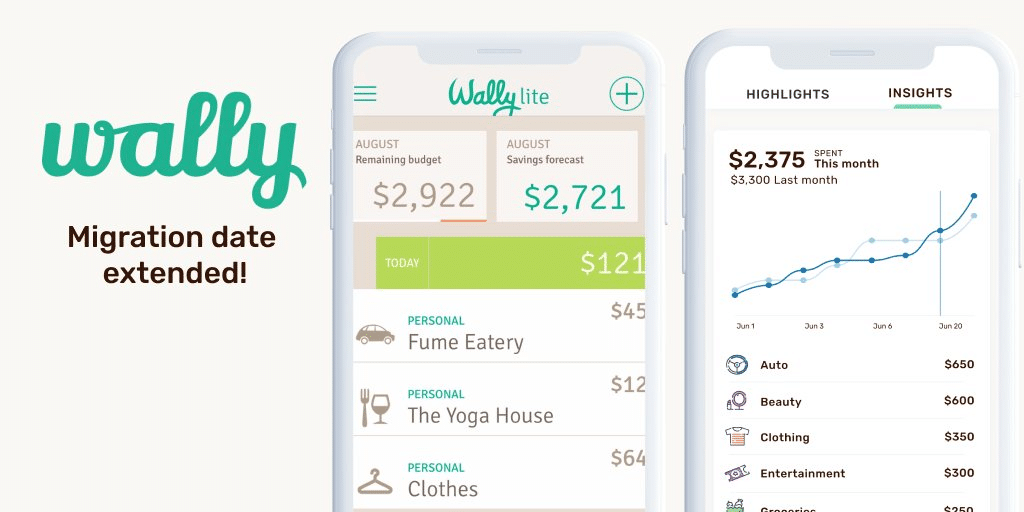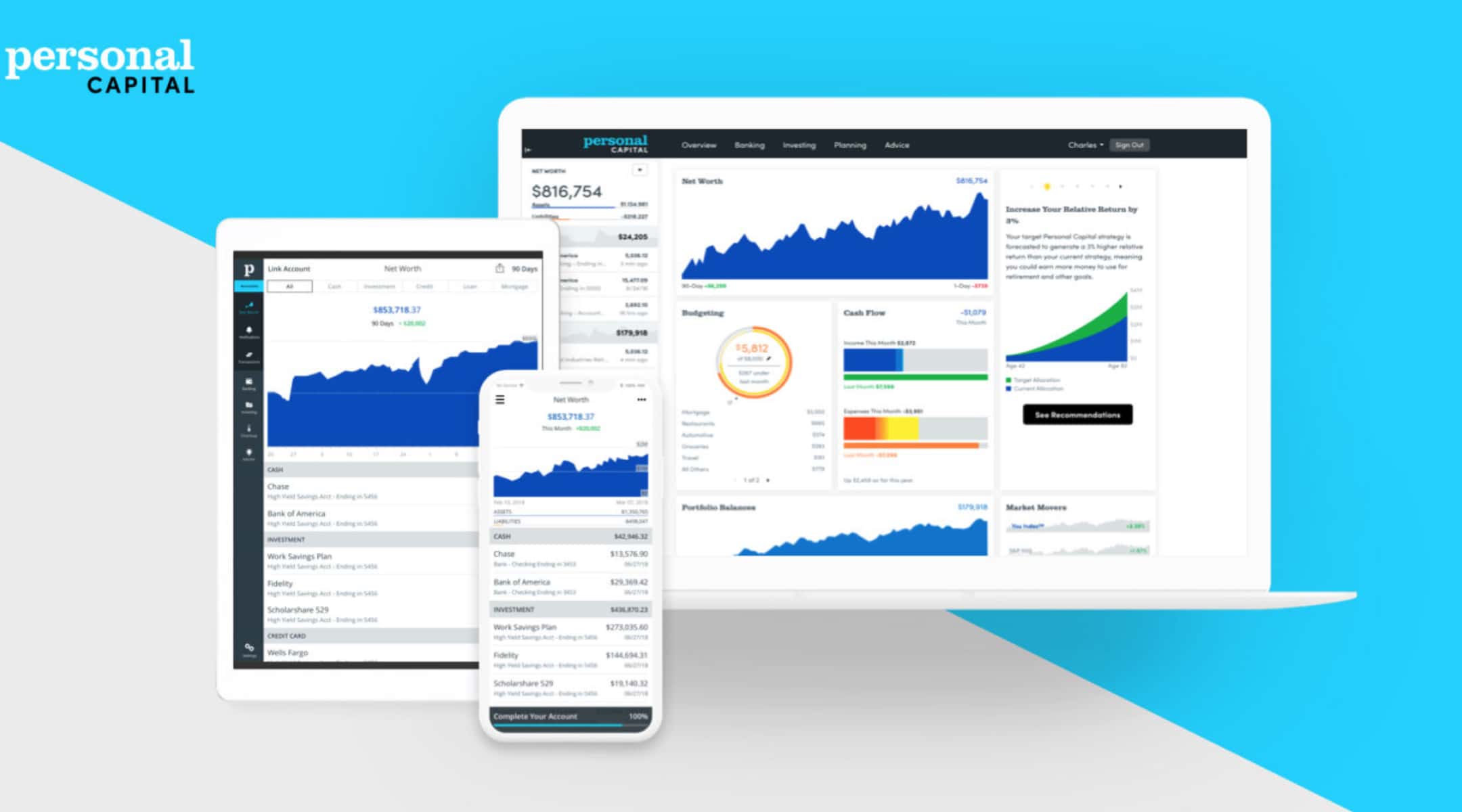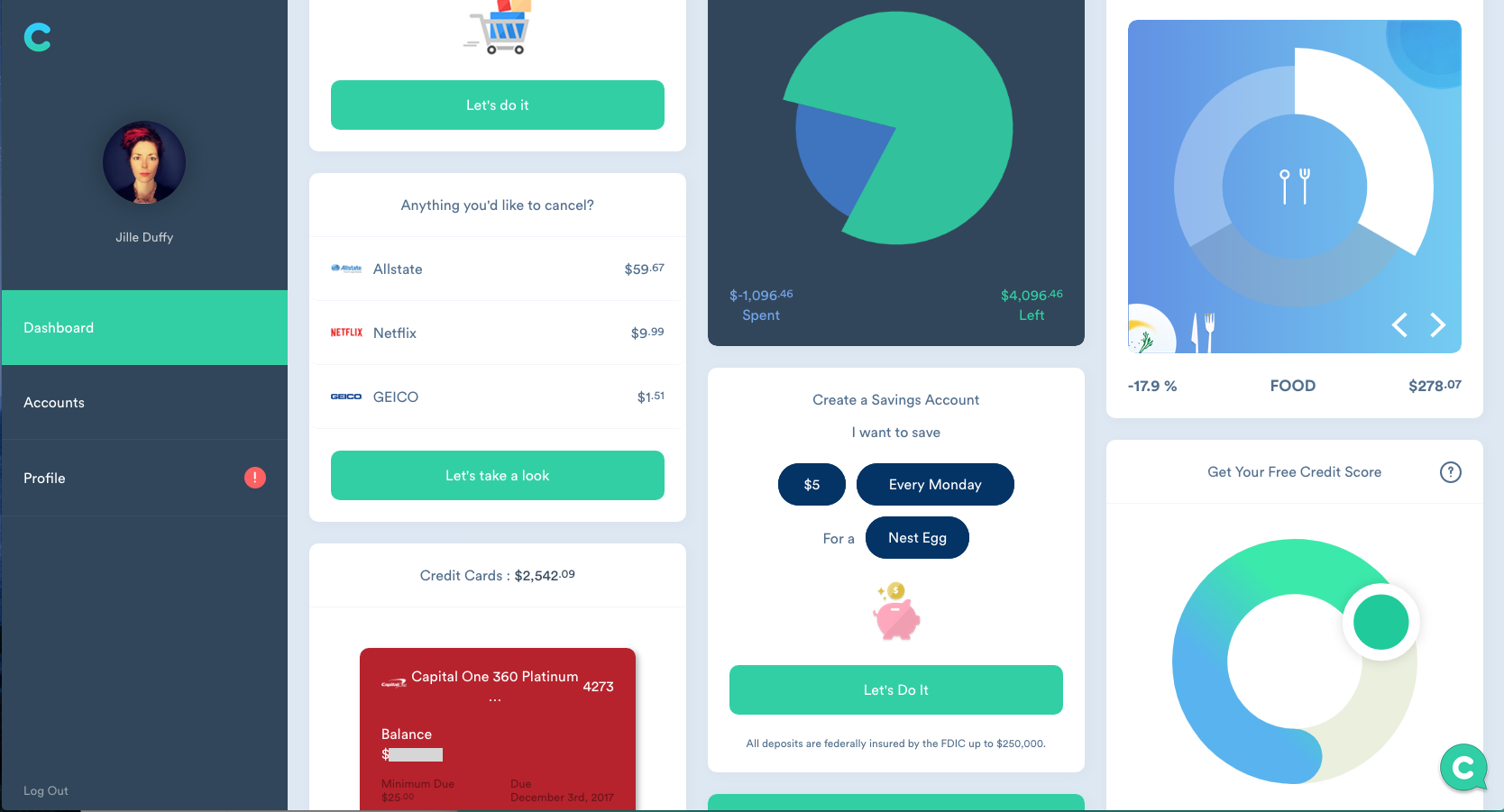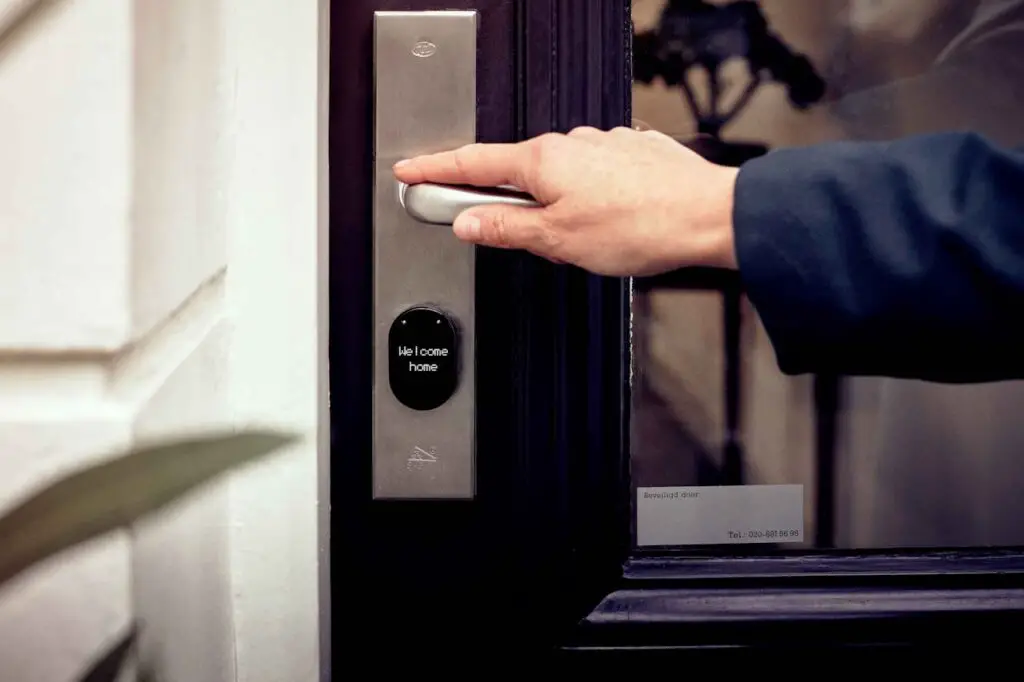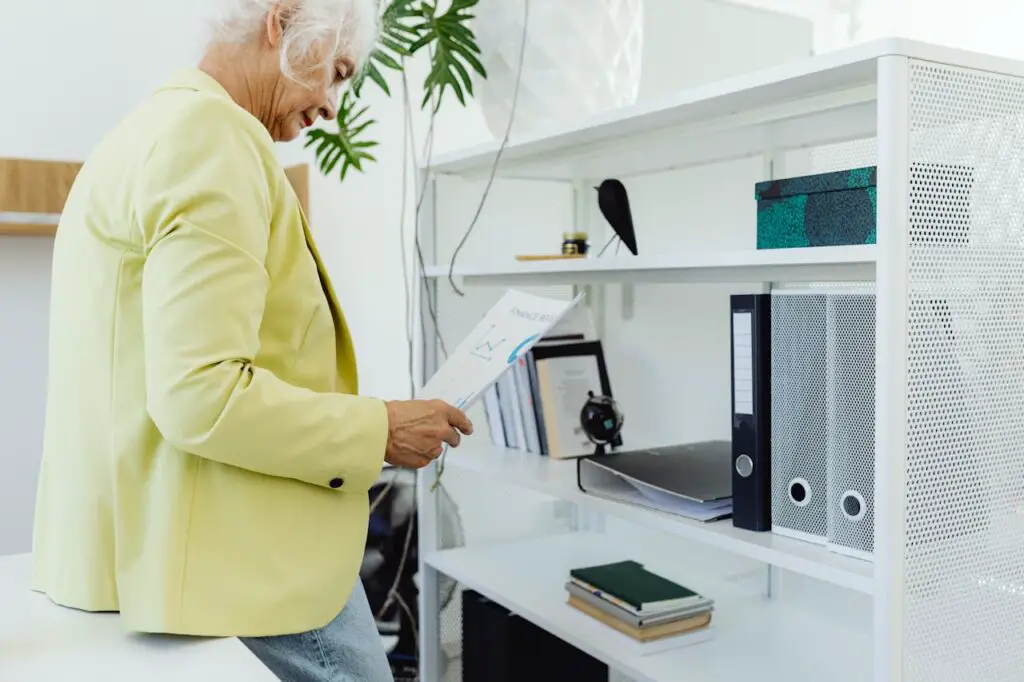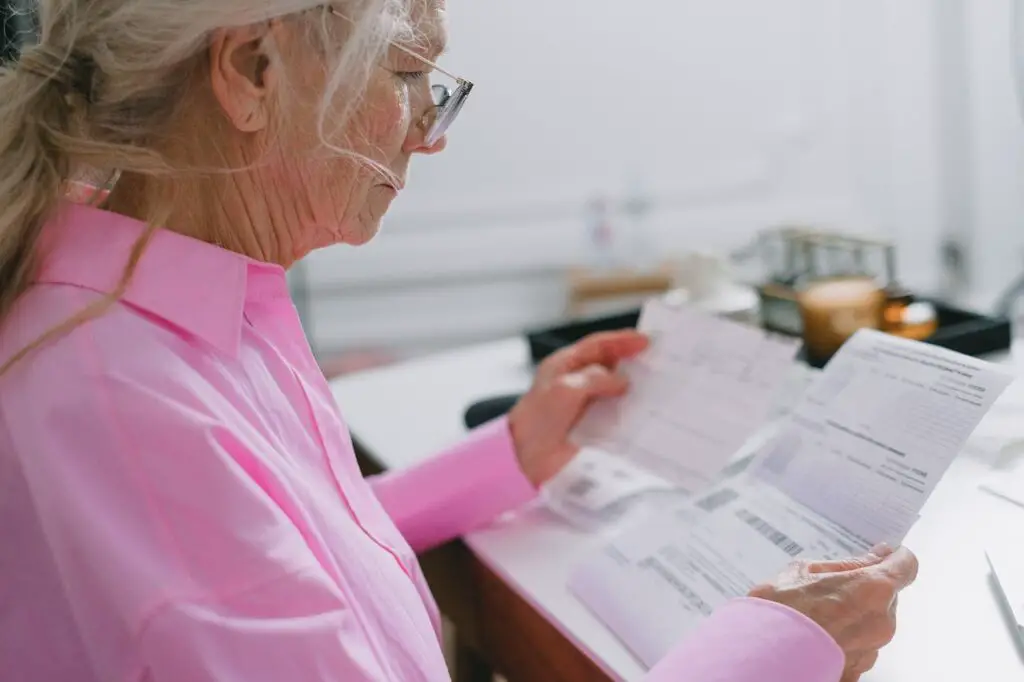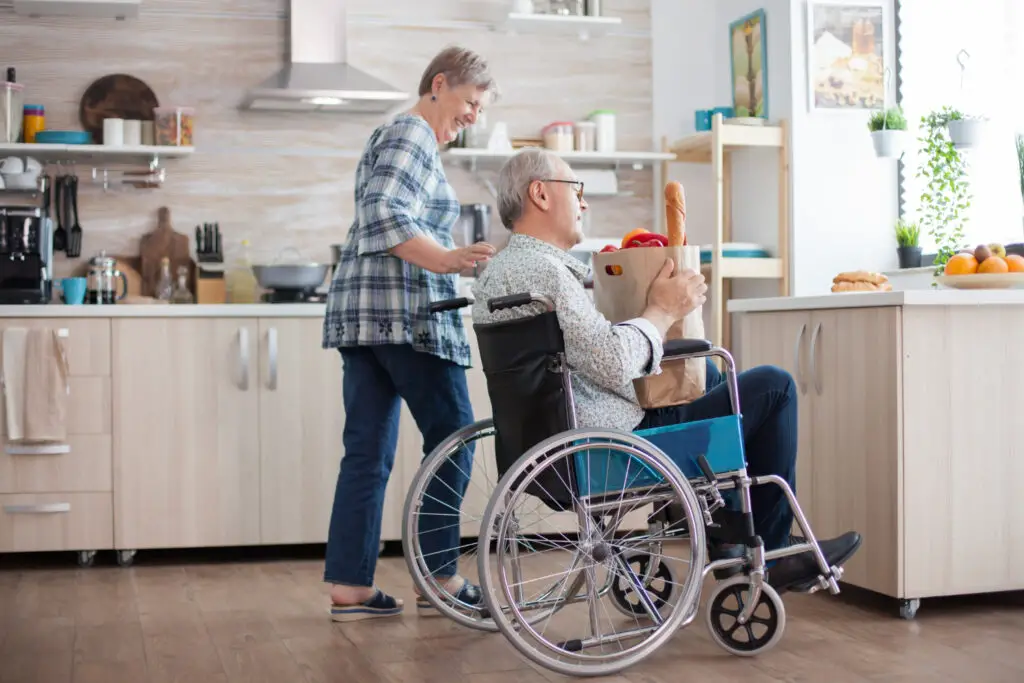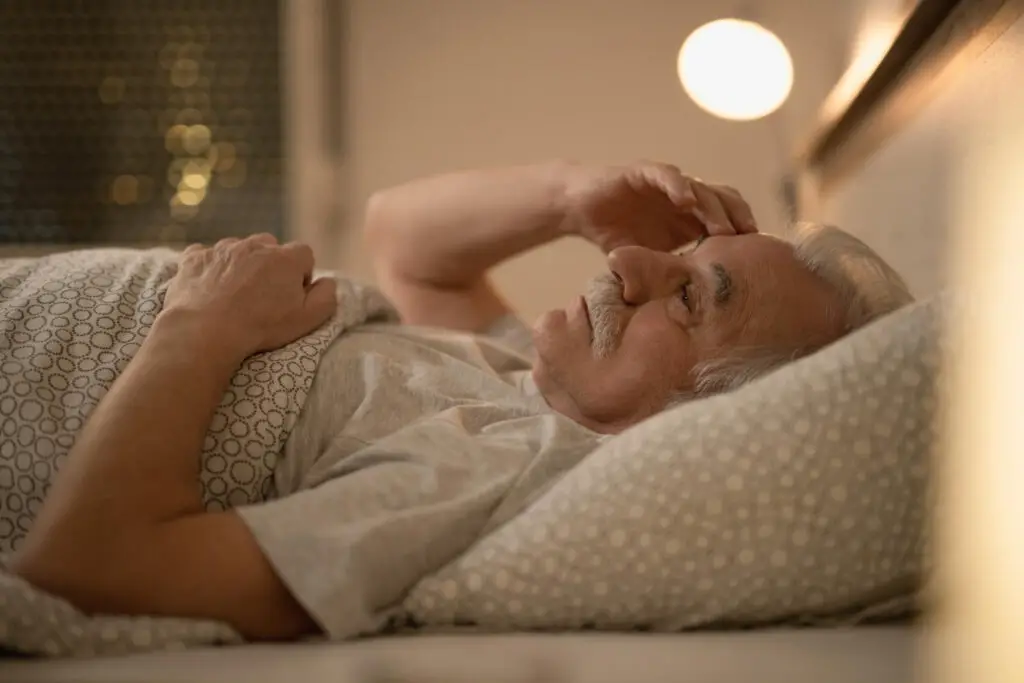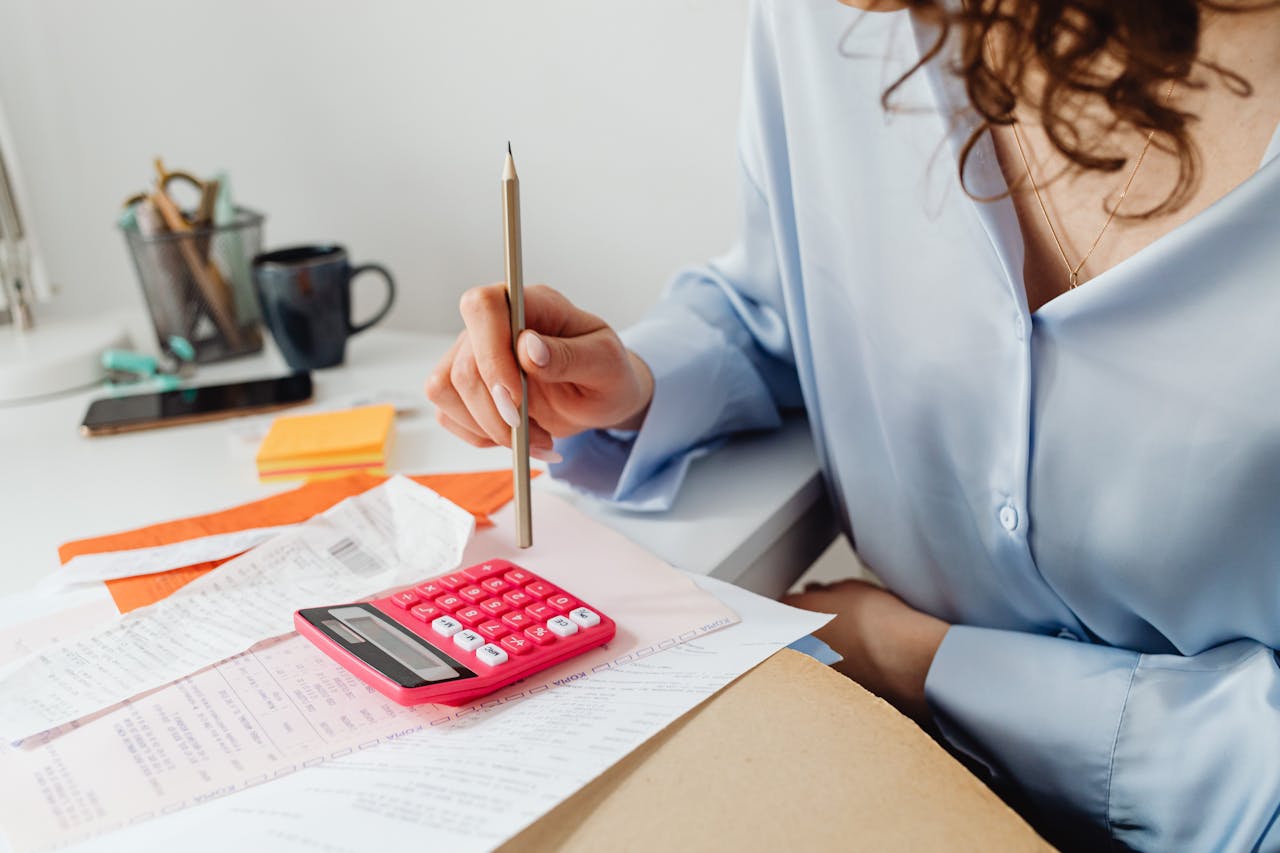How Savvy Shoppers Are Beating Inflation Without Cutting Everything Out

If it feels like your money does not stretch as far as it used to, you are not imagining things. Prices have climbed on nearly everything—groceries, gas, utilities, and even that occasional coffee run. But while many people respond by slashing their budgets to the bone, others have found a smarter way. Across the country, savvy shoppers are proving that you do not have to sacrifice every joy in life just to keep up with inflation.
The secret? It is not about living on instant noodles or cutting out every fun purchase. It is about being clever, intentional, and strategic with your spending. These shoppers know how to stretch a dollar without living miserably, and they are showing that small habits can make a big difference. Here are nine practical ways to beat inflation while still enjoying the life you love.
1. Shop by Unit Price, Not Package Size
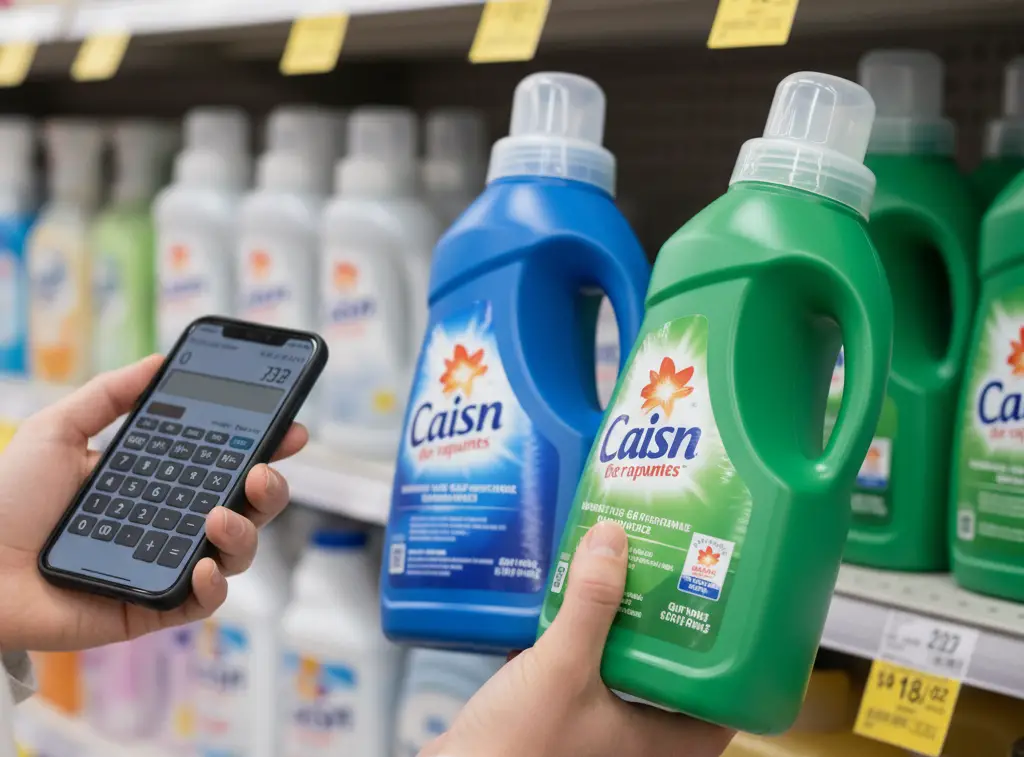
Bigger is not always better. Many shoppers assume that buying the largest box or bag automatically means a better deal, but that is not always true. The real savings come from checking the unit price, which shows the cost per ounce, pound, or item. You can usually find it on the store shelf tag right below the price. This simple step helps you see past the packaging tricks and makes sure you are getting the best value for your money. Over time, these small decisions can add up to major savings.
2. Give Store Brands a Fair Shot

Name brands may dominate the commercials, but store-brand products have come a long way. In fact, many of them are made by the same manufacturers as the big names you recognize. These days, shoppers are realizing that paying extra for a logo does not always mean better quality. Whether it is pasta, cleaning supplies, or pantry staples, try swapping a few of your go-to items for store versions. You may be surprised to find that your taste buds—and your wallet—barely notice the difference.
3. Let Sales and Seasonal Produce Guide Your Menu

Instead of planning your meals first and then shopping, flip that approach. Check the weekly grocery sales or store apps to see what is discounted, and let that guide your menu. Building meals around what is on sale is one of the easiest ways to save money without giving up quality or variety. Plus, buying fruits and vegetables that are in season not only costs less but also tastes better. Think of it as a fun challenge—your grocery list changes each week, but your budget stays steady.
4. Use Cashback, Rebate Apps, and Digital Coupons

There is free money hiding in plain sight, and smart shoppers know where to find it. Cashback and rebate apps like Rakuten and Ibotta reward you for purchases you were already planning to make. Add in digital coupons from your favorite stores, and you can stack savings to get a double—or sometimes triple—discount. It might take a few extra minutes before checkout, but when you see those small credits add up, it feels like a win every time. Inflation may be tough, but it does not stand a chance against a well-prepared shopper.
5. Buy in Bulk, But Only When It Makes Sense

Buying in bulk can save you a lot of money—if you do it wisely. Non-perishable items like paper towels, toilet paper, and canned goods are great bulk buys because they last a long time. But not everything is meant for a warehouse-size package. Perishable foods can go bad before you use them, turning your “deal” into waste. Before buying big, ask yourself if you will actually use it all. If not, consider splitting purchases with a friend or family member. Smart bulk buying is about buying more of what lasts, not just more of everything.
6. Waste Less Food and Save More Money
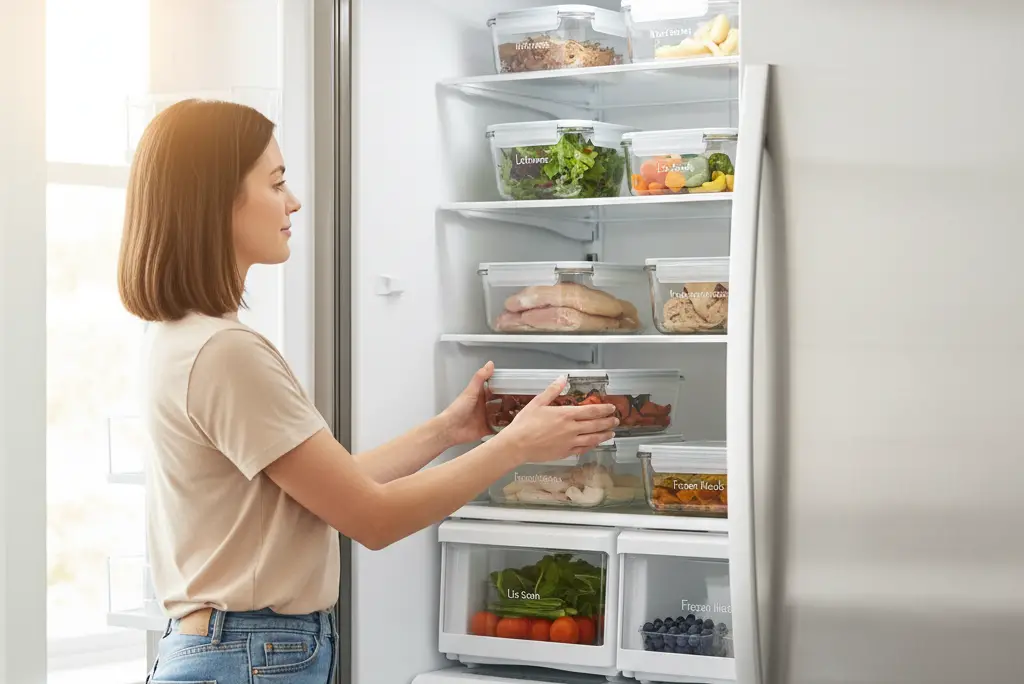
Every year, the average household throws away hundreds of dollars worth of food. It is like tossing cash straight into the trash. Reducing food waste is one of the simplest ways to stretch your grocery budget without sacrificing a single meal. Start by keeping an eye on expiration dates and organizing your fridge so older items are used first. Store leftovers in clear containers so they do not disappear into the back of the fridge. You can even freeze extra portions for later. Less waste means fewer grocery trips, and that means more money staying in your pocket.
7. Renegotiate Your Monthly Bills
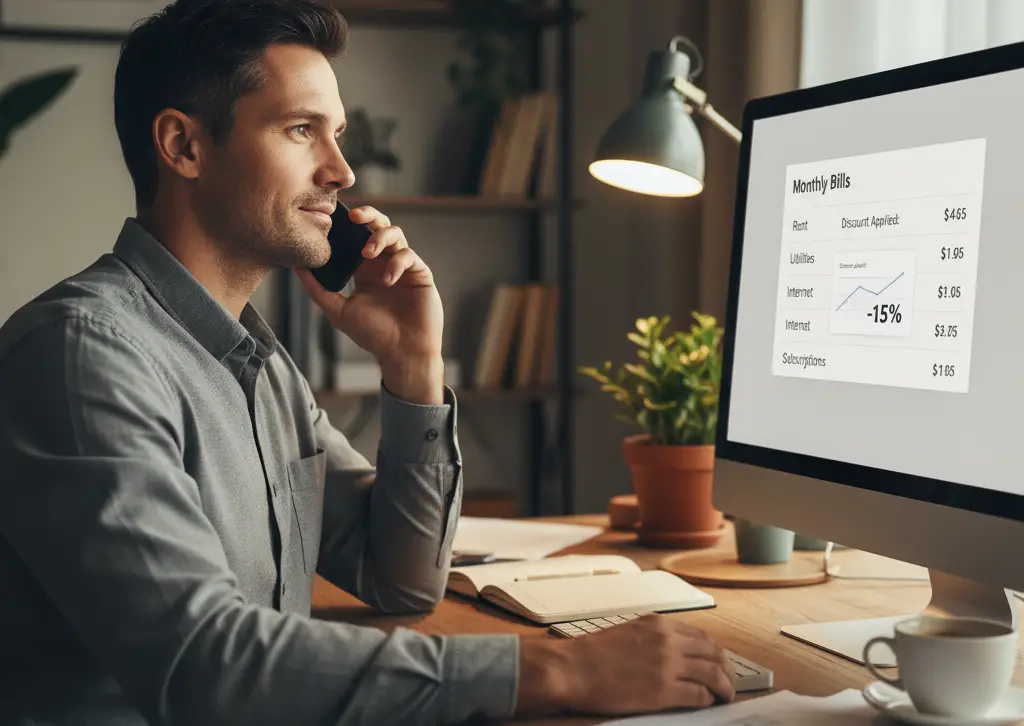
Here is a trick that many people overlook: you can often lower your recurring bills just by asking. Cable, internet, phone, and insurance providers all have customer retention departments whose job is to keep you from leaving. A polite phone call to ask about current promotions or discounts can easily save you $10, $20, or more each month. Over a year, that adds up to real money. If you are not getting a deal, do not hesitate to shop around—competition works in your favor. Inflation might be rising, but that does not mean your bills have to.
8. Boost Your Income With a Simple Side Hustle

When expenses rise faster than paychecks, sometimes saving more is not enough—you need to earn a little extra. That does not mean you need to start a full-time business or give up your weekends. Thanks to the gig economy, there are plenty of flexible ways to make extra money, from selling handmade crafts to freelancing online. Even picking up a few extra hours a week can relieve financial stress. The best part? You get to choose something that fits your lifestyle, whether it is walking dogs, teaching music lessons, or managing social media for a local business.
9. Use the “Treat Yourself Tax” for Guilt-Free Spending

Saving money does not mean cutting out every joy in life. The “Treat Yourself Tax” is a clever hack that lets you enjoy small indulgences while keeping your finances in check. Here is how it works: every time you buy something fun but nonessential—a fancy latte, a movie ticket, or a new gadget—you put the same amount into your savings account. You still get to enjoy your treat, but you are also building a savings habit. It is a lighthearted way to reward yourself responsibly and keep your spending intentional.
Final Thoughts

Inflation may feel like an unstoppable force, but that does not mean you are powerless against it. Beating it does not require drastic measures or giving up every comfort you enjoy. It is about being mindful, strategic, and a little creative with your spending. The truth is, you can still live well, eat well, and treat yourself—you just need to do it with a sharper eye and a smarter plan.
By shopping intentionally, using modern tools, and finding value in small wins, you will not only save money but also gain a sense of control and confidence over your finances. Inflation might raise prices, but it does not have to lower your quality of life. The most successful savers are not the ones who cut everything out—they are the ones who learn how to make every dollar count while still enjoying the life they have worked hard to build.


























